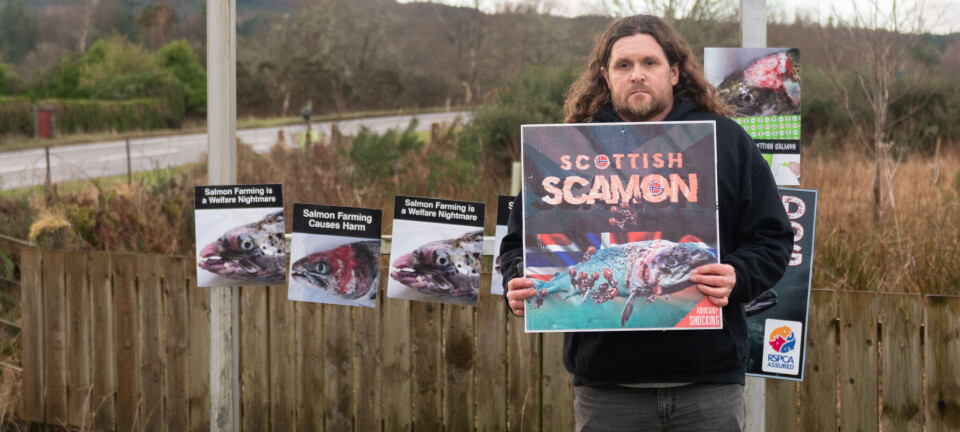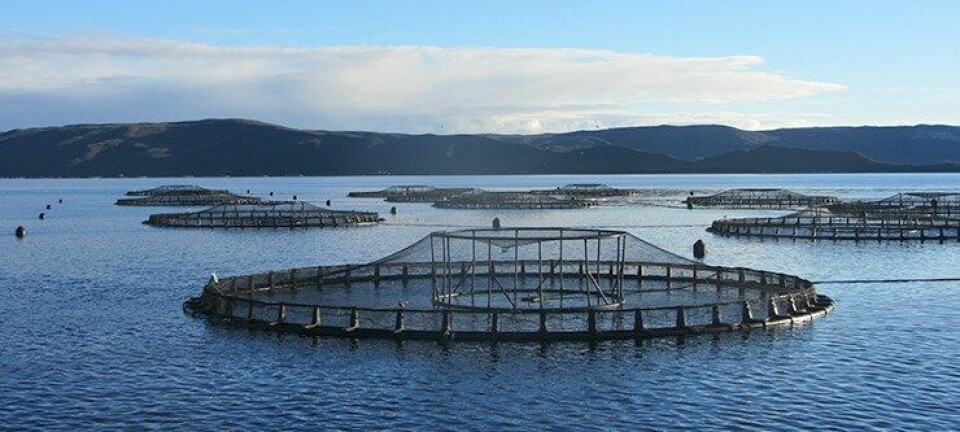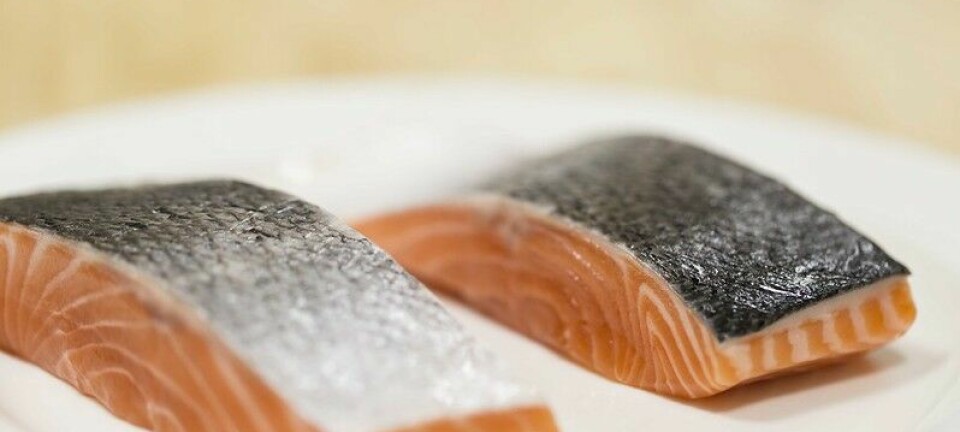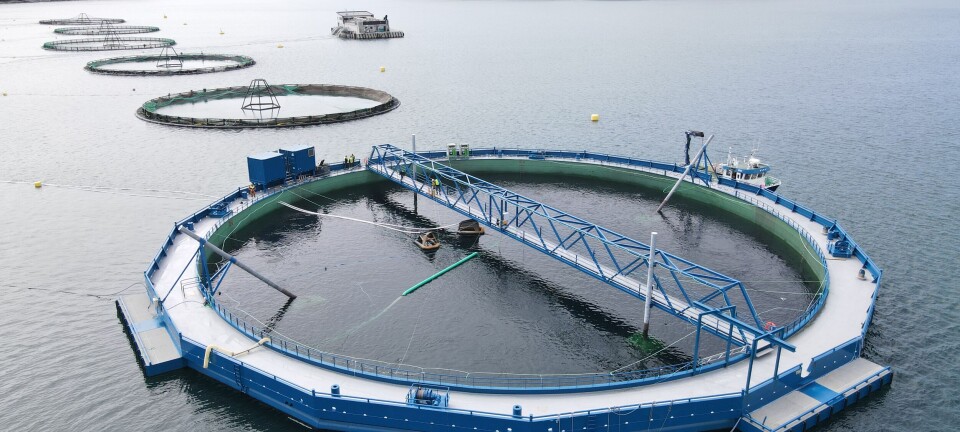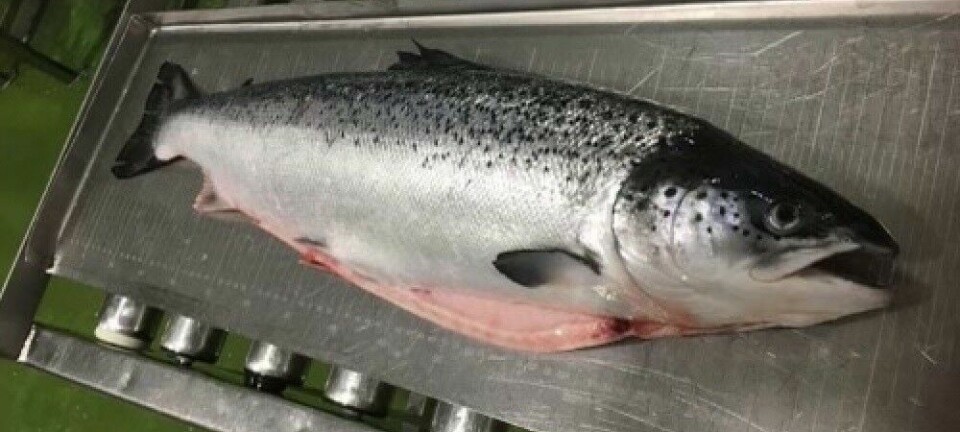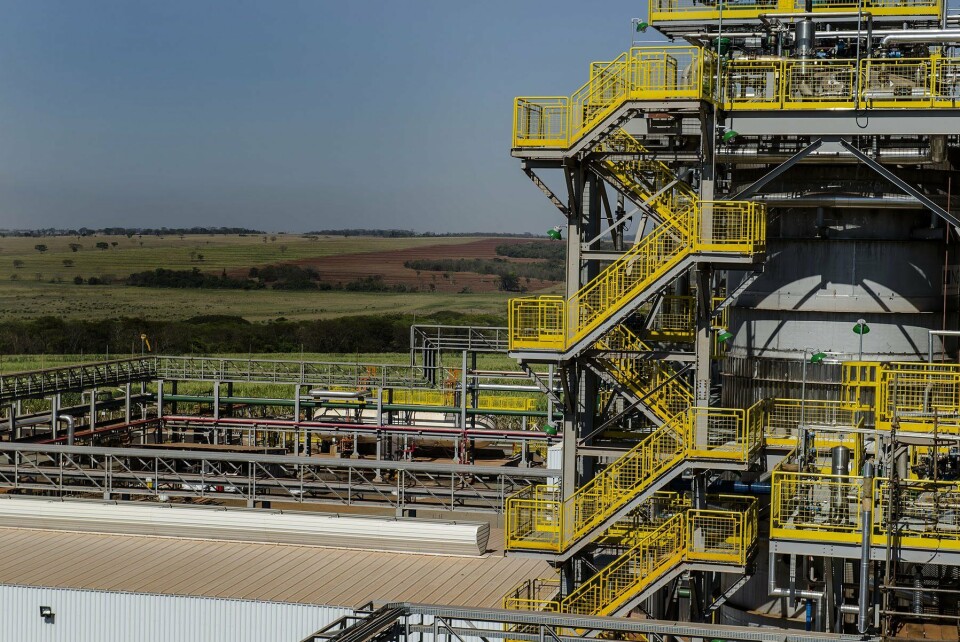
A micro solution to a macro problem
Graham Ellis, Senior Vice President for Business Development & Strategic Accounts at TerraVia, explains to Fish Farming Expert how the launch of their new microalgae product, Algaprime – which was developed in collaboration with Bunge and is going to be incorporated into Biomar salmon feeds shortly – came about.
How did the idea evolve?
We have been thinking about entering this market for years and working on developing this product for a long time. The aquaculture industry is growing, but the availability of long chain omega-3s from wild caught fish is essentially flat. Algaprime DHA allows for production of feeds that reduce dependency on marine fisheries and fish oil and draws on our deep expertise in oils, for human and animal nutrition applications.
What scale is the project, and is there scope to increase it/build new facilities in other countries?
Terravia and Bunge have built a facility in São Paulo state using some of the world’s largest aerobic fermenters. The Solazyme Bunge (SB) Oils joint venture facility has been producing algae-based ingredients since 2014. Algaprime DHA is the first major new product from the expanded venture between the two companies. The SB Oils facility is capable of producing Algaprime DHA consistently and at a scale relevant to the needs of the aquaculture industry.
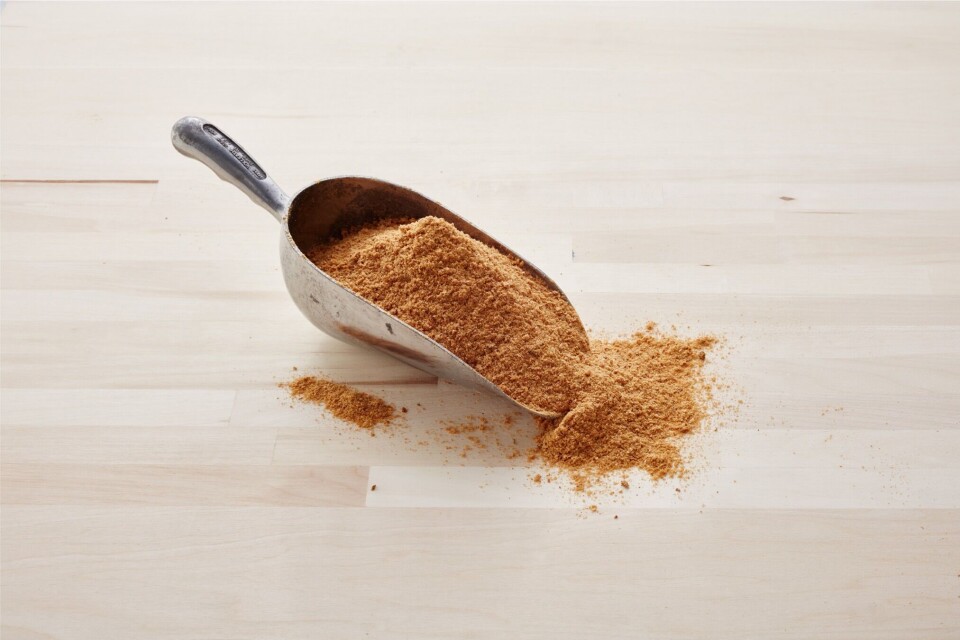
Because our process uses standard industrial fermentation our plants can be located anywhere in the world, opening up many possibilities in terms of future expansion to meet demand. We’re particularly well suited to opportunities in sugar producing countries.
What advantages does Brazil have for this type of production?
Brazil is the world leader in sustainable sugar production and the SB Oils facility embodies the principles of sustainable production to produce algae-based products with low carbon, water and land use impacts. This is in part due to the use of Bonsucro-certified sugarcane as the feedstock.
Bonsucro is a multi-stakeholder organization that sets standards for the sustainable production of sugar and sugar-derived products at each link of the supply chain, including cultivation, processing and transport. To receive Bonsucro certification, sugar mills must comply with UN International Labor Organization conventions, environmental standards incorporating biodiversity, water use and other metrics.
In addition, the sugarcane feedstock itself is non-GM and the waste material (bagasse) is an efficient, renewable source of energy and is used to generate electricity and steam that powers the sugar mill and fermentation facility, as well as electricity for general use.
Is the bulk of the product due to go to Biomar or will there be some available to other feed producers?
Biomar is our launch partner for salmon feed, and as one of the leaders globally, we are working closely together to make this a successful launch. However, we are actively providing samples to the market.
Are there likely to be any other products following the launch of Algaprime?
This is the JV’s first product for the animal nutrition market but we definitely see other opportunities that require long chain omega-3s. We are continuously developing and improving our ingredients and see many potential product solutions within our Algaprime brand umbrella.
Do you think it might be possible to completely replace fishmeal and oil with algal products in the future?
We are continuously innovating and it is exciting to think of what might be possible in the future with algal-based products. But our immediate goal is to focus on alleviating pressure on the oceans and in helping the aquaculture industry to continue to grow sustainably by using a non-marine-based source of omega-3s.








